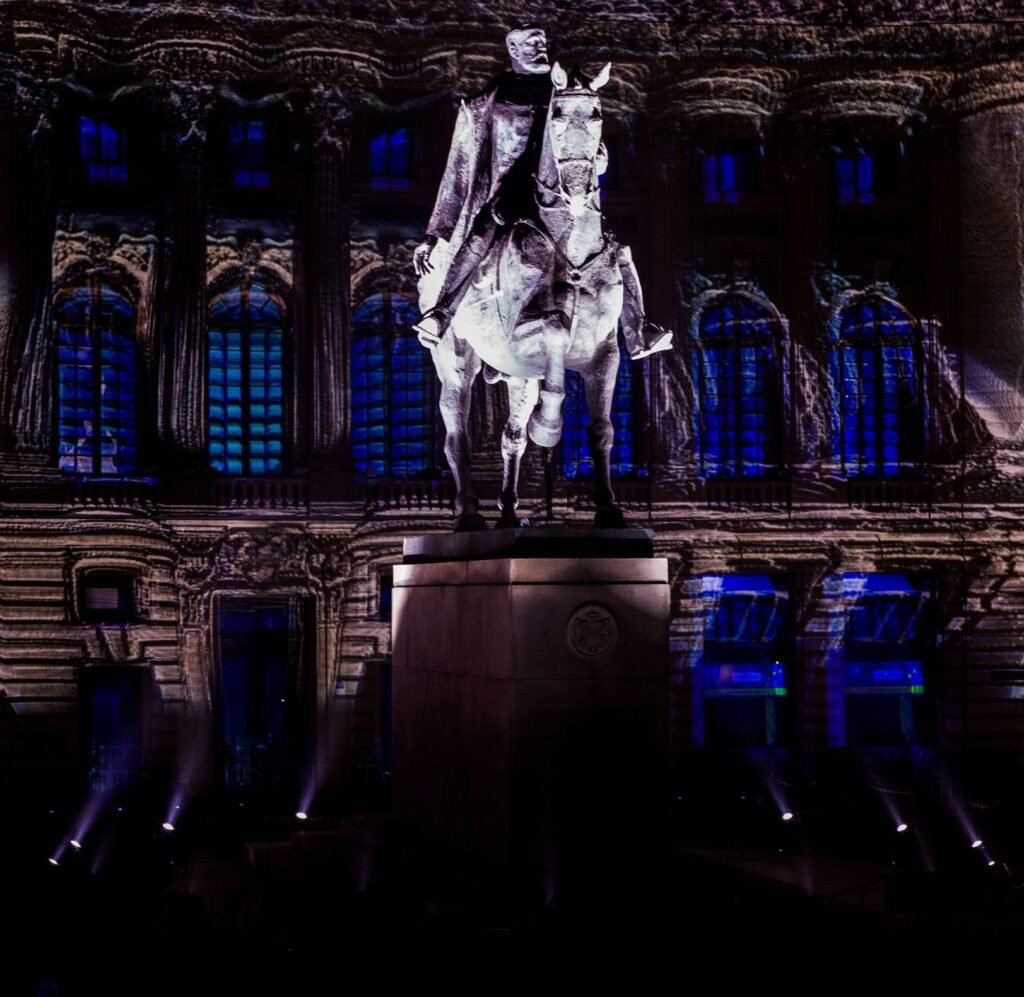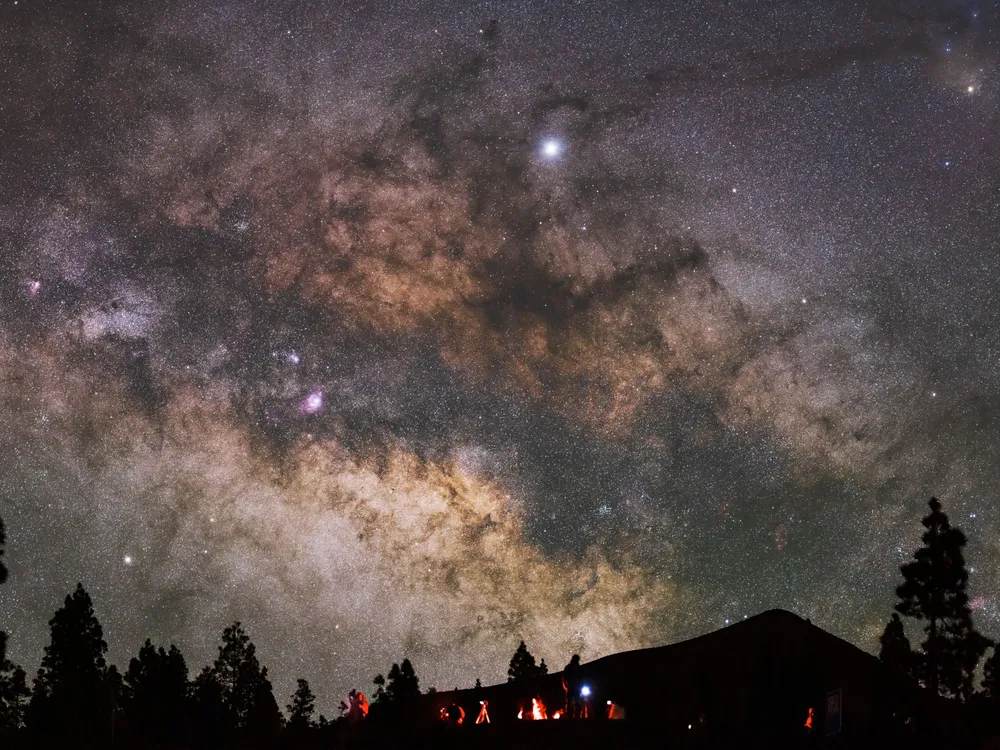The architecture of night is not measured in height or materials, but in intensities, shadows, and wisely placed sources of light. It is the invisible form of the city after sunset—a silent composition in which light is not decoration, but subtle structure, a gesture of respect toward space, heritage, and the act of seeing.
The City That Illuminates Without Disturbing
In an ideal city, light does not overpower the night—it gently accompanies it. Street lighting is not aggressive but directed precisely where needed: along pedestrian paths, on the corner of a façade, or down the side of a tree. Parks breathe quietly, and the sky remains visible. The architecture of night requires a coherent vision in which light is part of the urban plan, not a hasty afterthought.
Every light source has a purpose, every façade is respected, and every street is lit just enough for safety—but never in excess. The ideal city understands restraint. And within that restraint, its residents feel not only safe but also embraced by a kind of visual intimacy.
Heritage in Gentle Light
Heritage buildings don’t need to be overwhelmed by light to be noticed. On the contrary, when light is carefully positioned, they come to life without being disturbed. A column lit from its base, a doorway arch highlighted by a warm source, a silhouette subtly outlined against the night sky—these are the gestures that define the true architecture of the night.
Every historic building deserves lighting that respects its style: Baroque architecture calls for warm, diffuse tones; Modernism prefers cool clarity; and urban interwar architecture requires lighting that doesn’t flatten, but shapes. In this landscape, lighting becomes an extension of the architecture—not a tool that overshadows it.

Light as a Sign of Silence
Modern cities often suffer from too much light. The issue isn’t necessarily intensity, but the lack of intention. Light thrown carelessly creates chaos, causes fatigue, and leads to visual pollution. By contrast, a city that respects the architecture of night is one that knows when to be silent. Where light isn’t needed—there is none. Darkness becomes, in itself, a resource. A pause. A space for contemplation.
Night doesn’t need to be “solved” with excessive lighting—it needs to be allowed to unfold. Cities where stars can still be seen from the center, where an evening walk doesn’t mean artificial glare but calm and form, are cities that have understood balance is the key.
The City That Illuminates in Detail
Responsible lighting also means heightened attention to details that remain invisible to the hurried eye. For example, urban furniture can incorporate subtle light sources that mark pathways, steps, or gathering areas without visually invading the public space. Along riverbanks, bridges, or historic alleys, light can act as a guiding thread, linking different areas of the city into a coherent narrative. This approach transforms infrastructure into experience, turning the city from a place of transit into a space to live in and admire.
5 Steps Toward a Balanced Architecture of the Night
5 Steps Toward a Balanced Architecture of the Night
- Integrating lighting into architectural and urban planning – not treating it as a decorative afterthought.
- Directed and balanced lighting – for functionality, aesthetics, and energy efficiency.
- Respect for heritage – light adapted to style, material, and architectural context.
- Avoiding light pollution – darkness is part of the landscape, not a flaw.
- A coherent vision of the night – where each urban area has its own nocturnal identity.
The architecture of the night is the expression of a city that has outgrown its need for superficial light and has understood the profound role of visual silence. Such a city not only looks good at night—it feels good. Because light is not excess, but a form of care.

